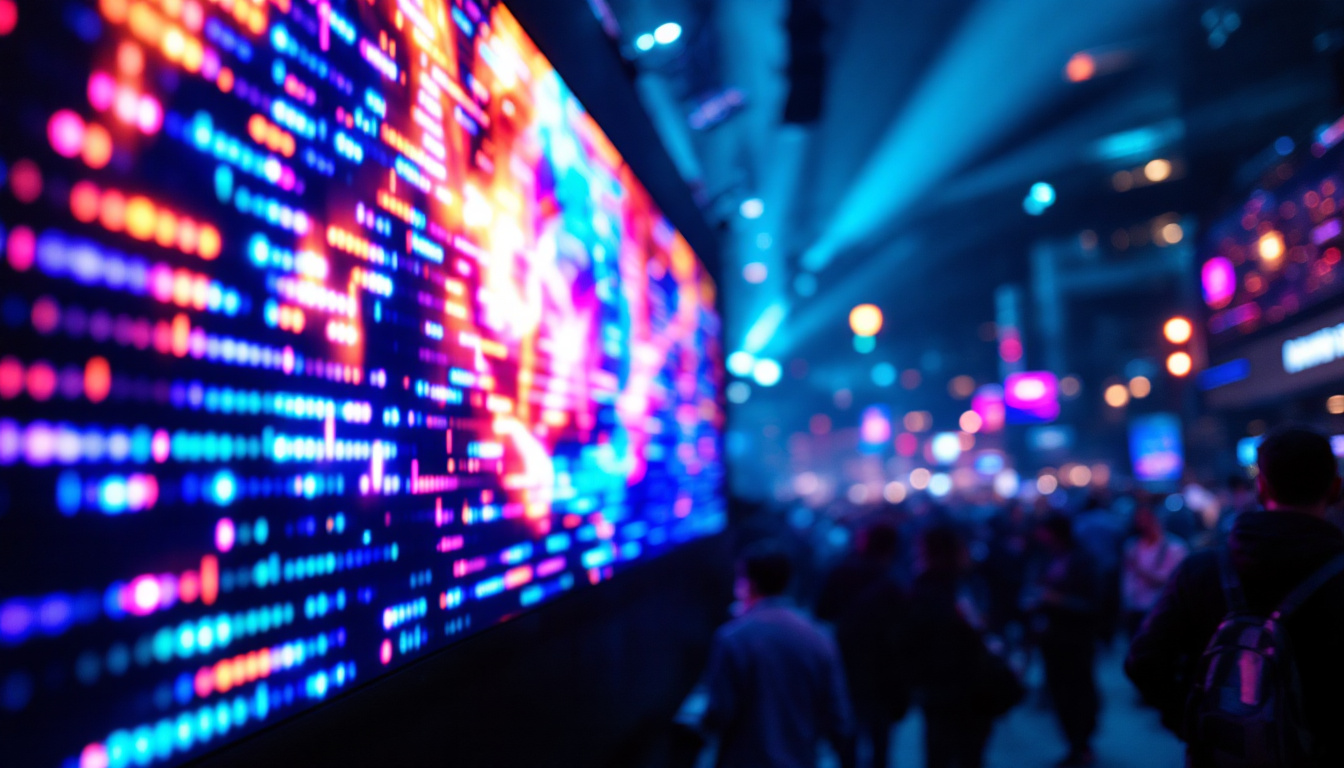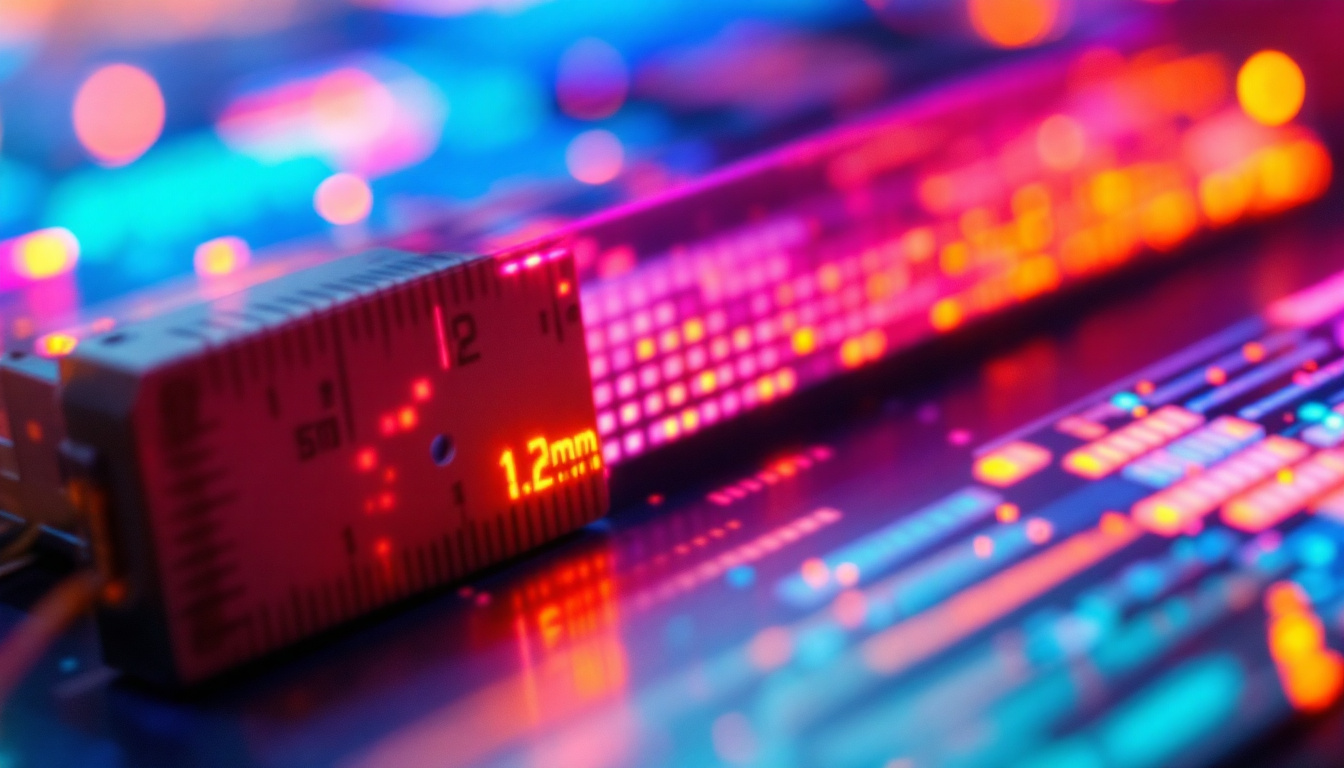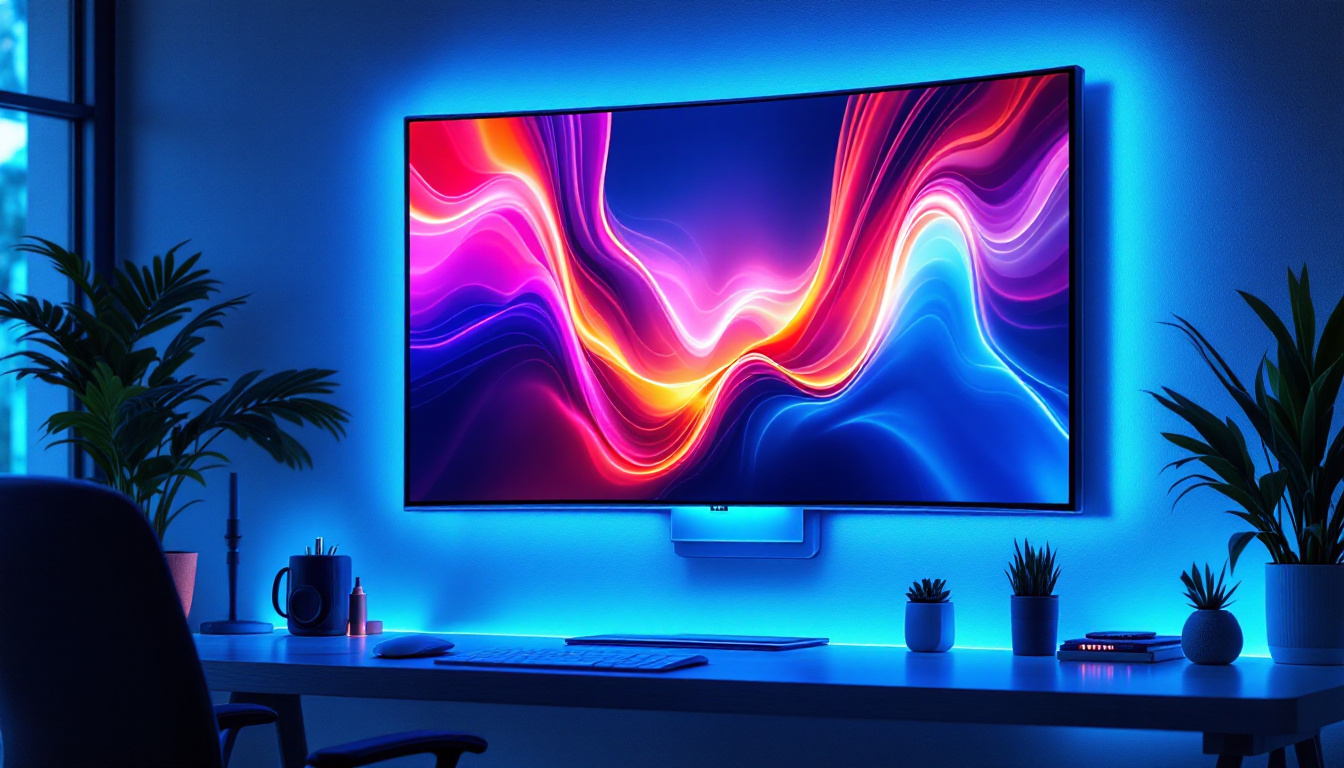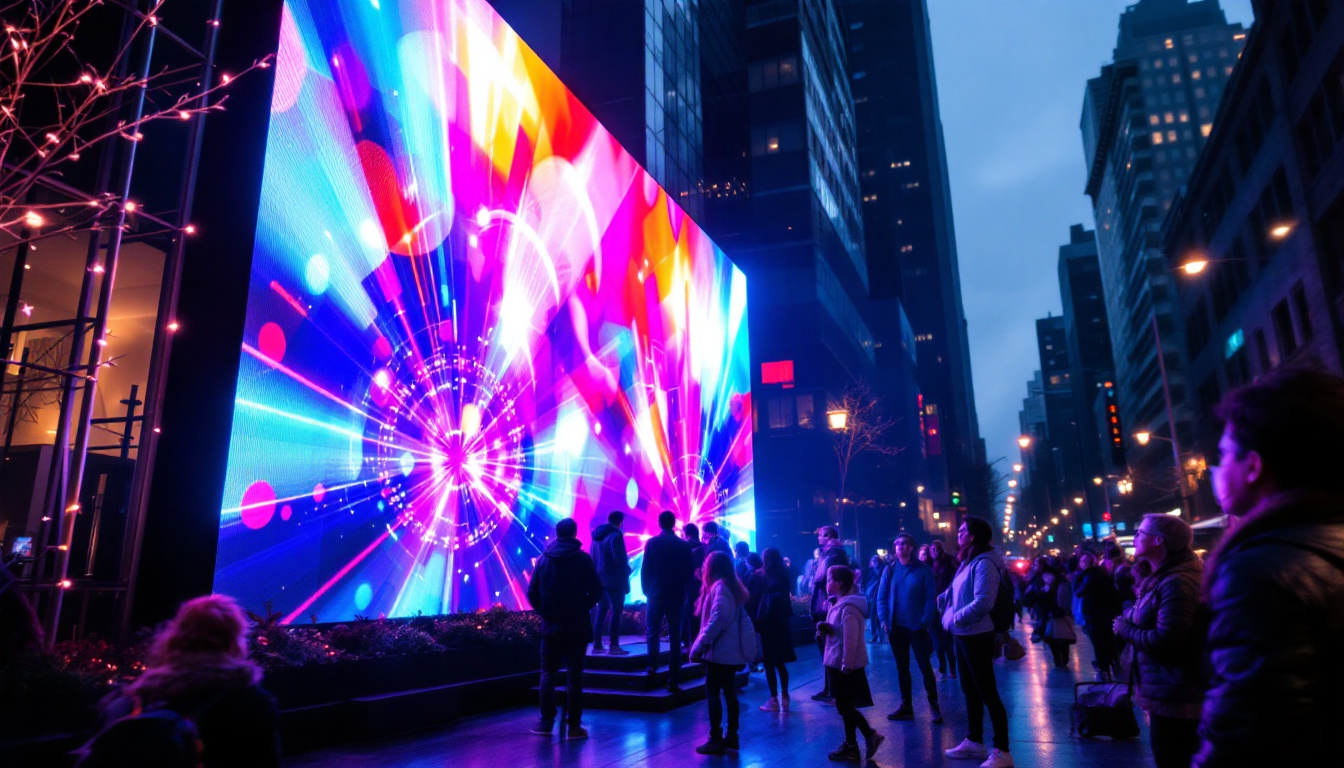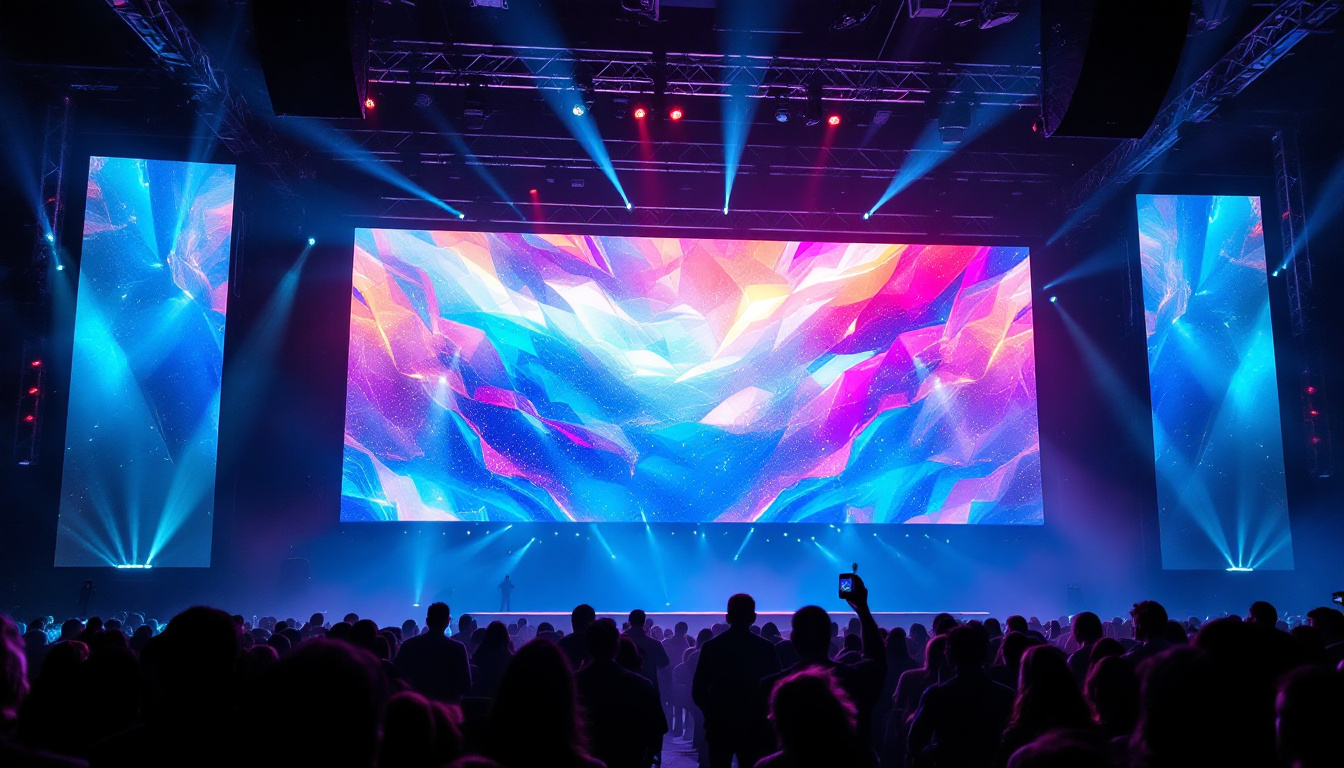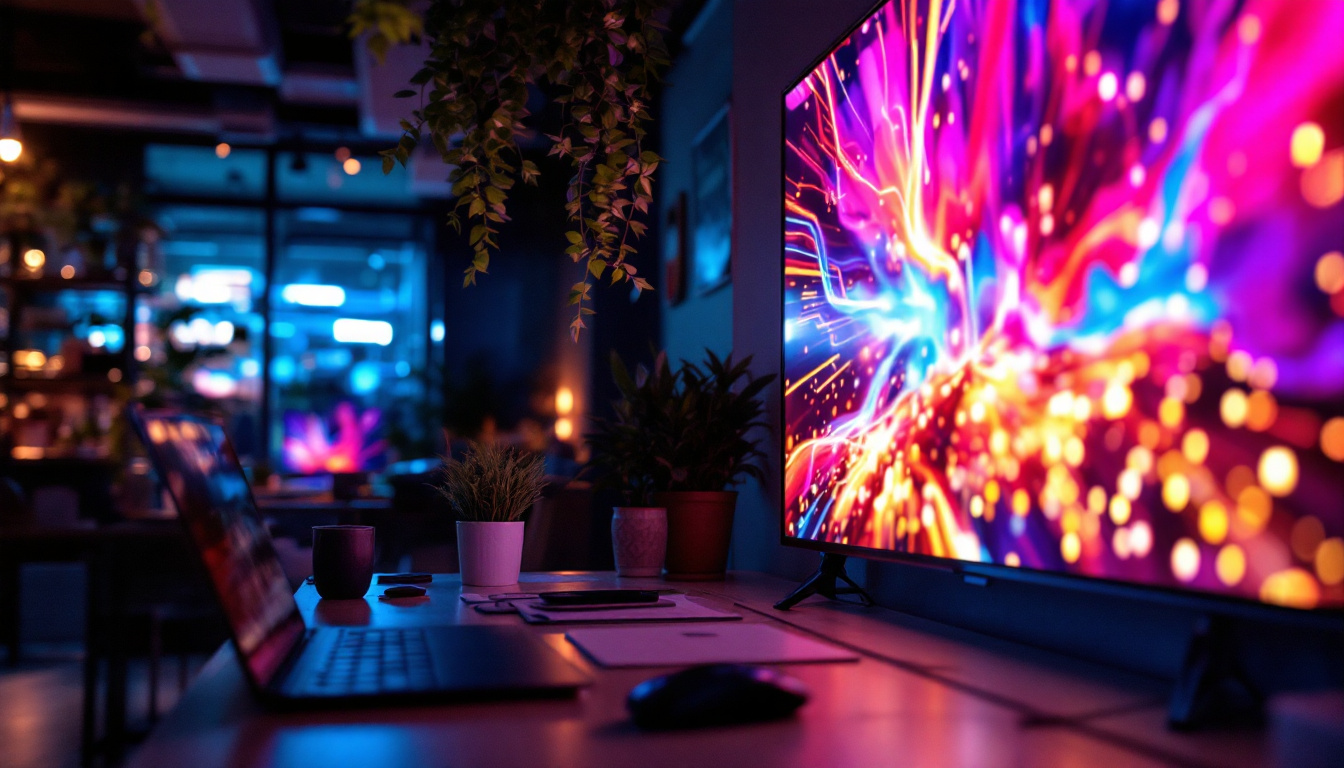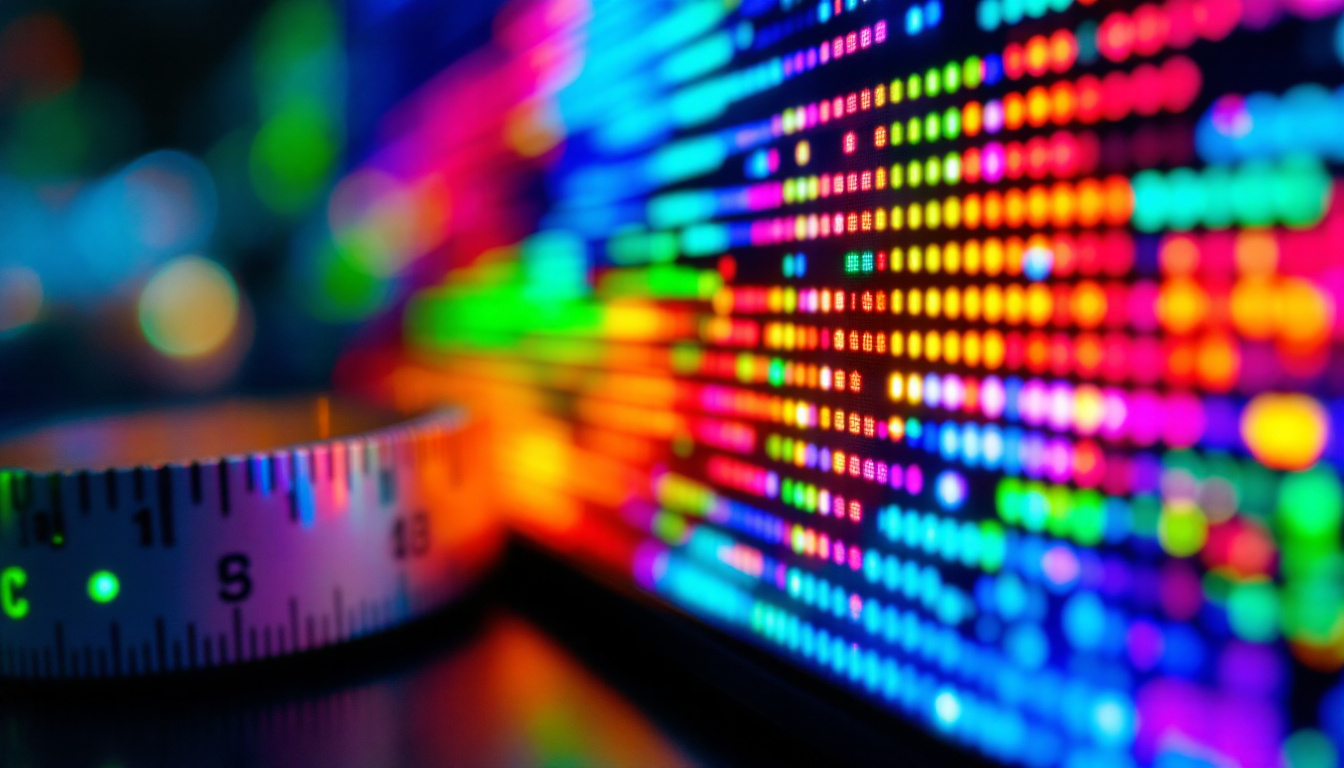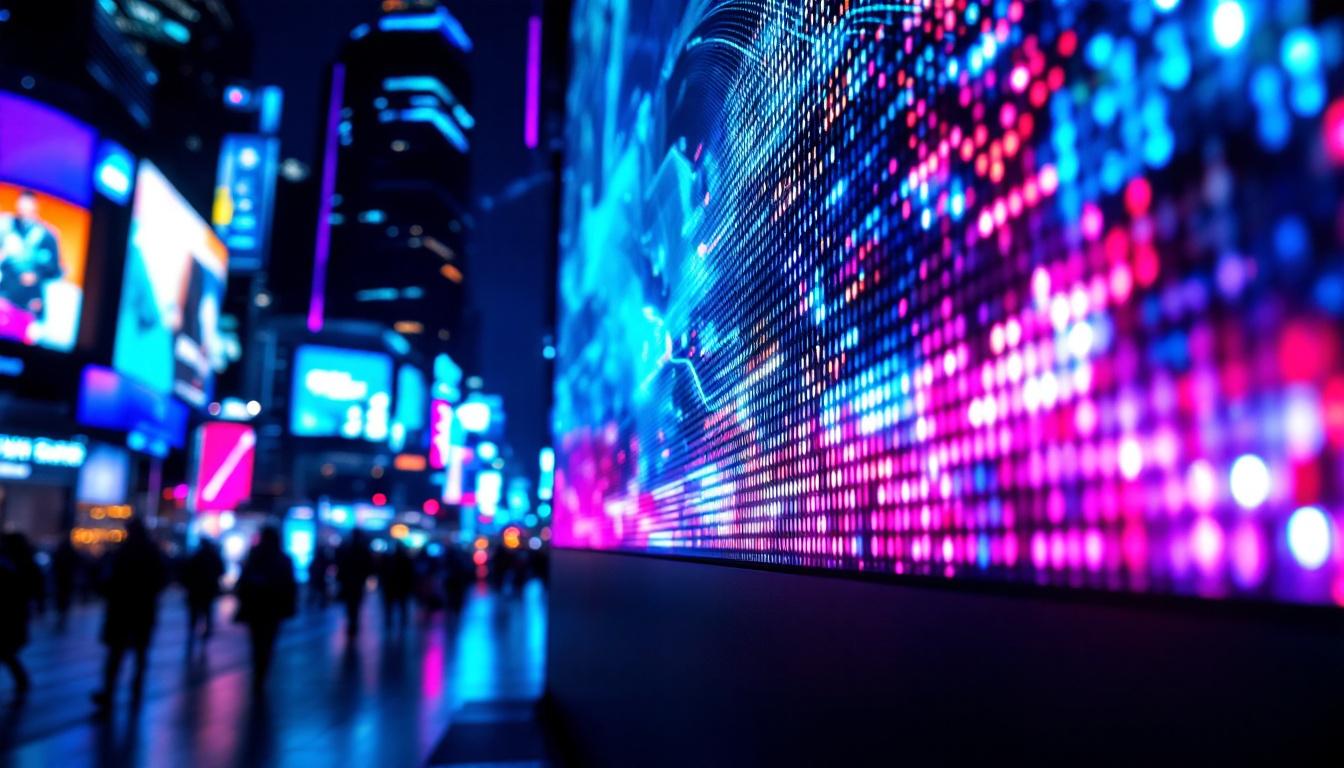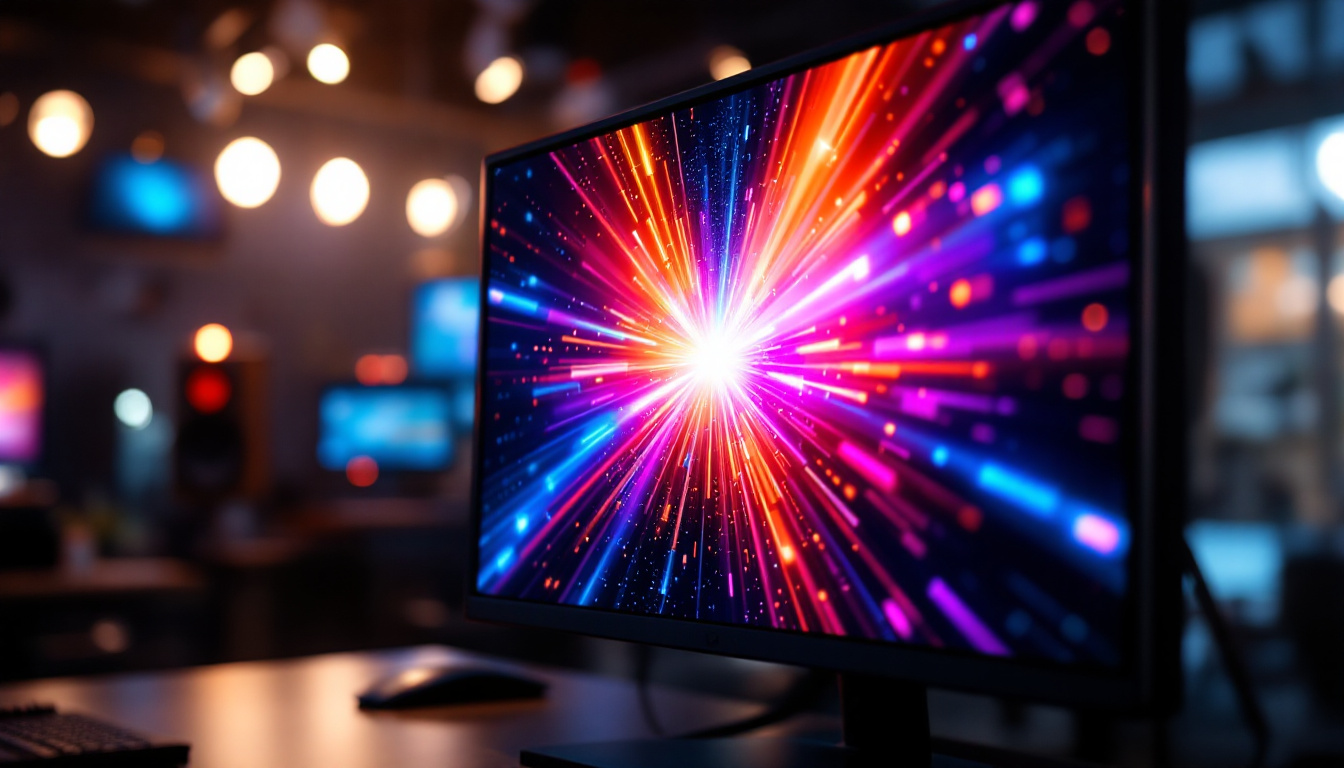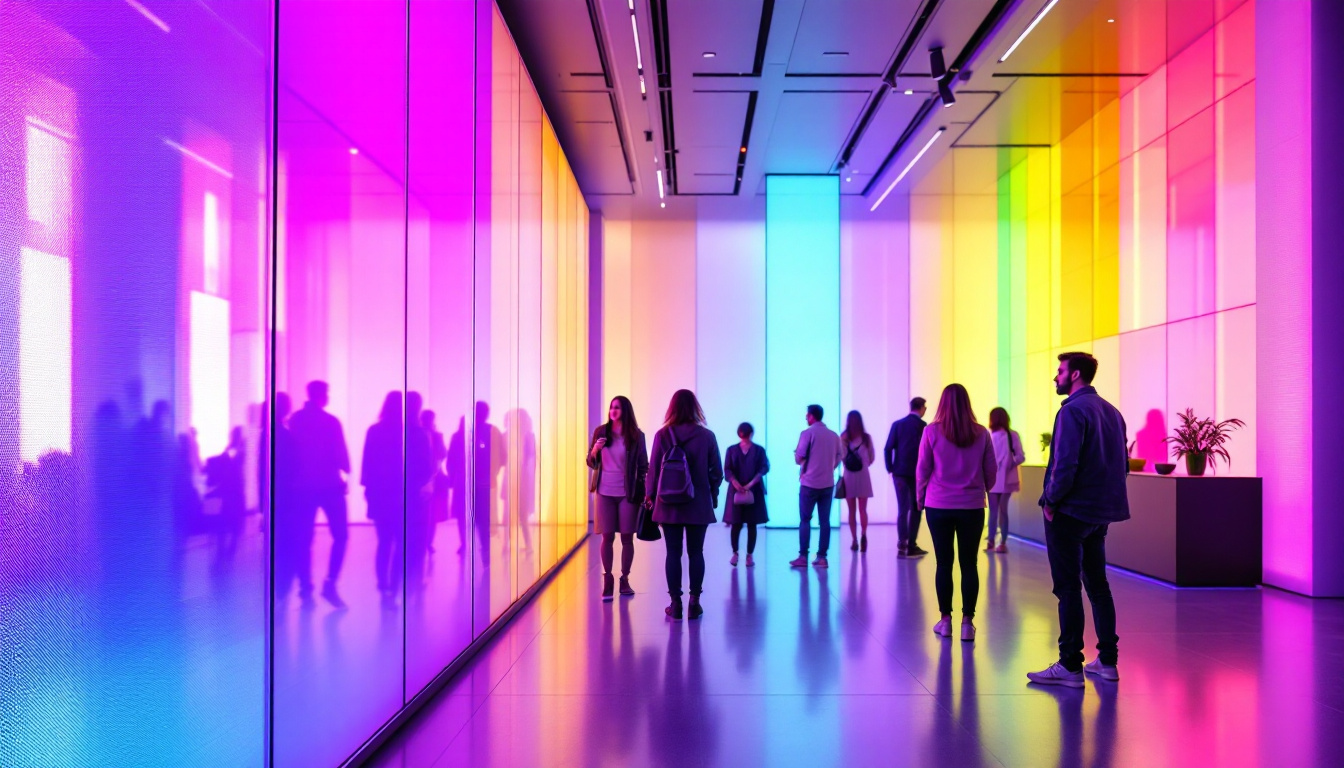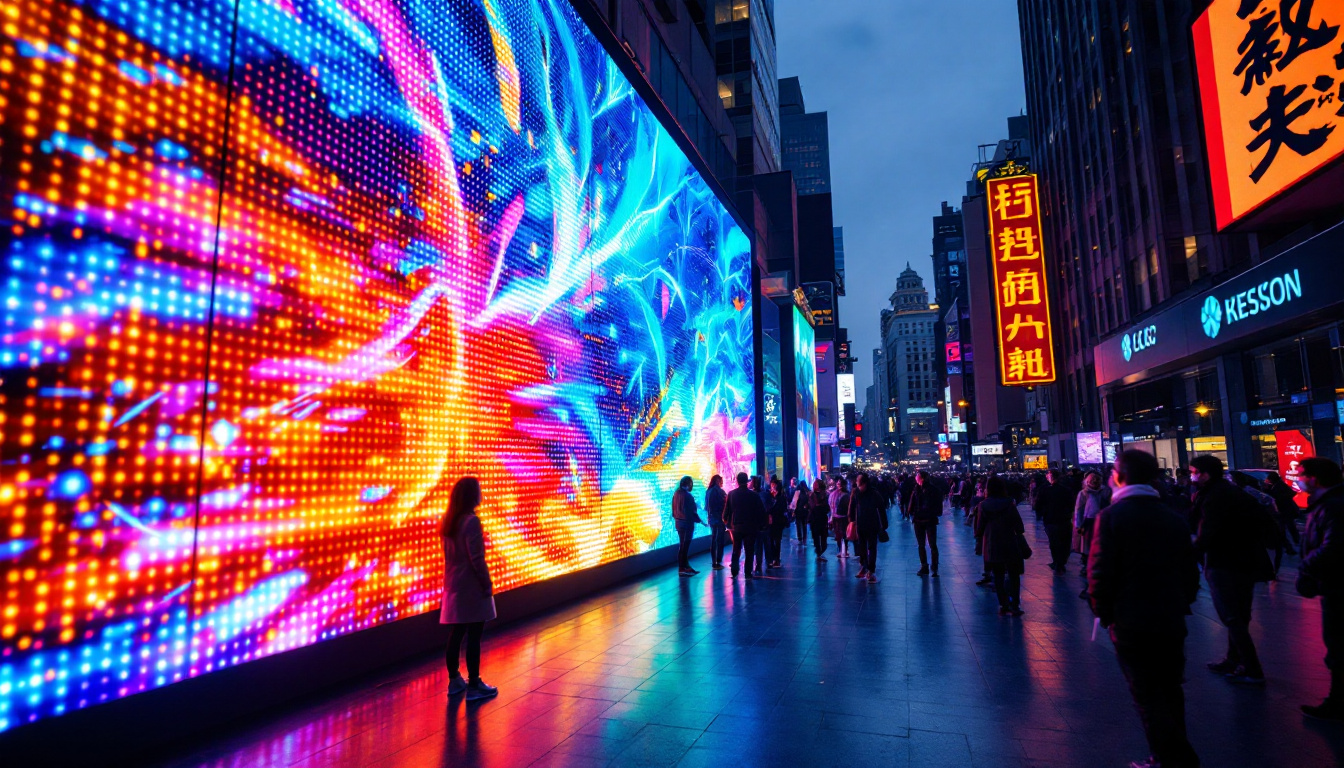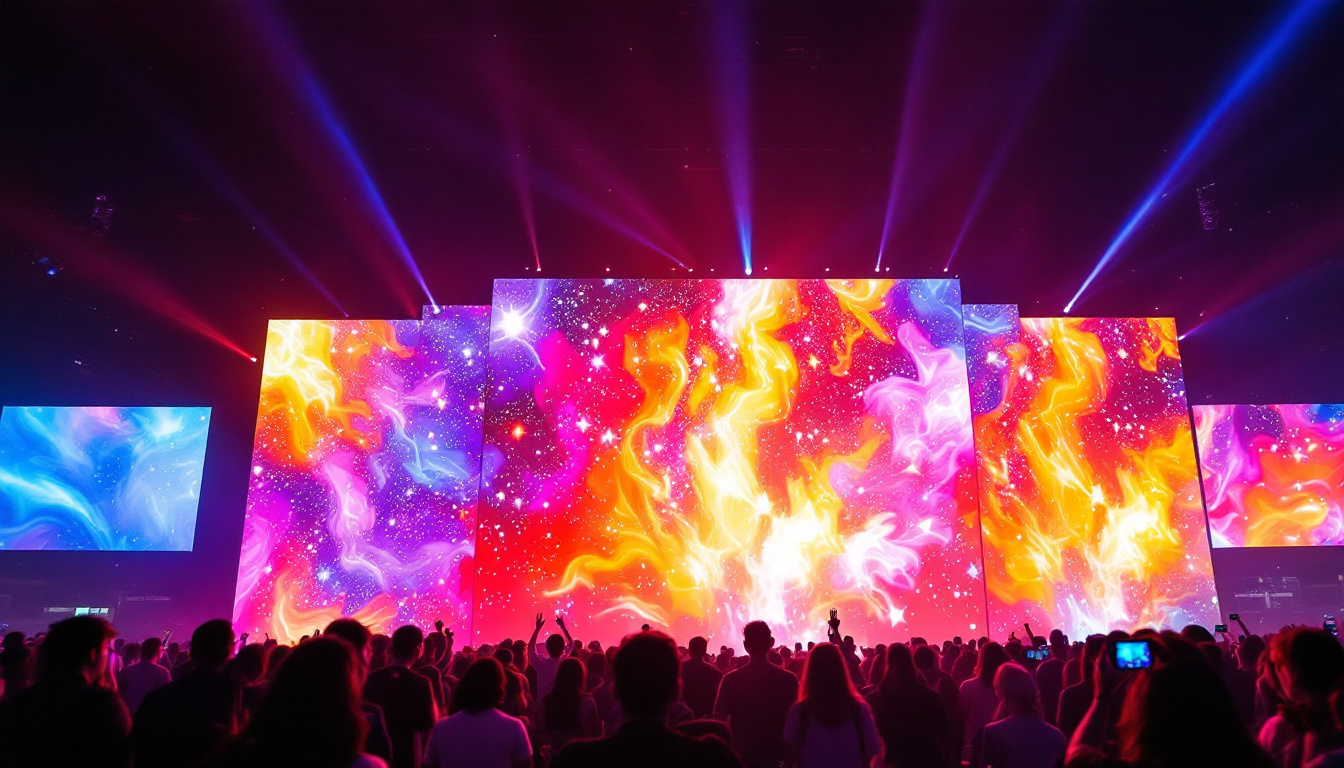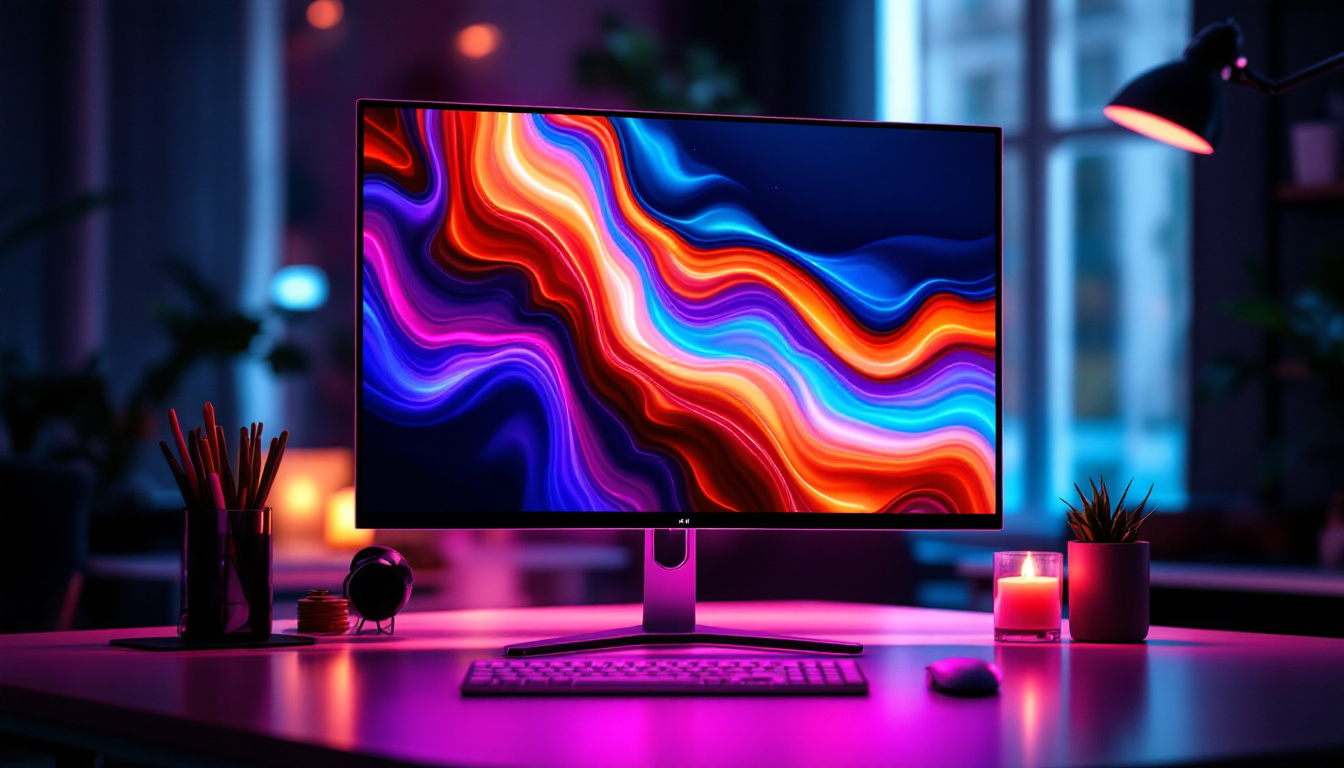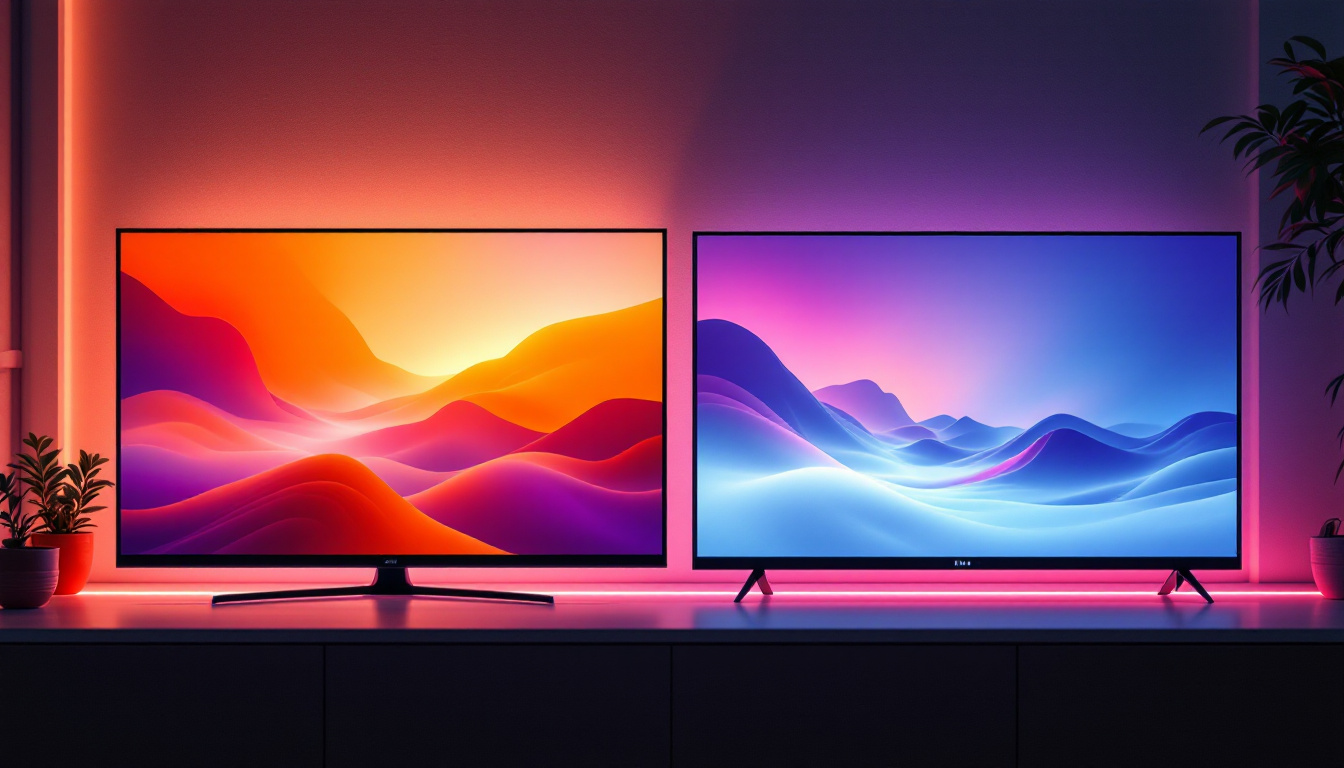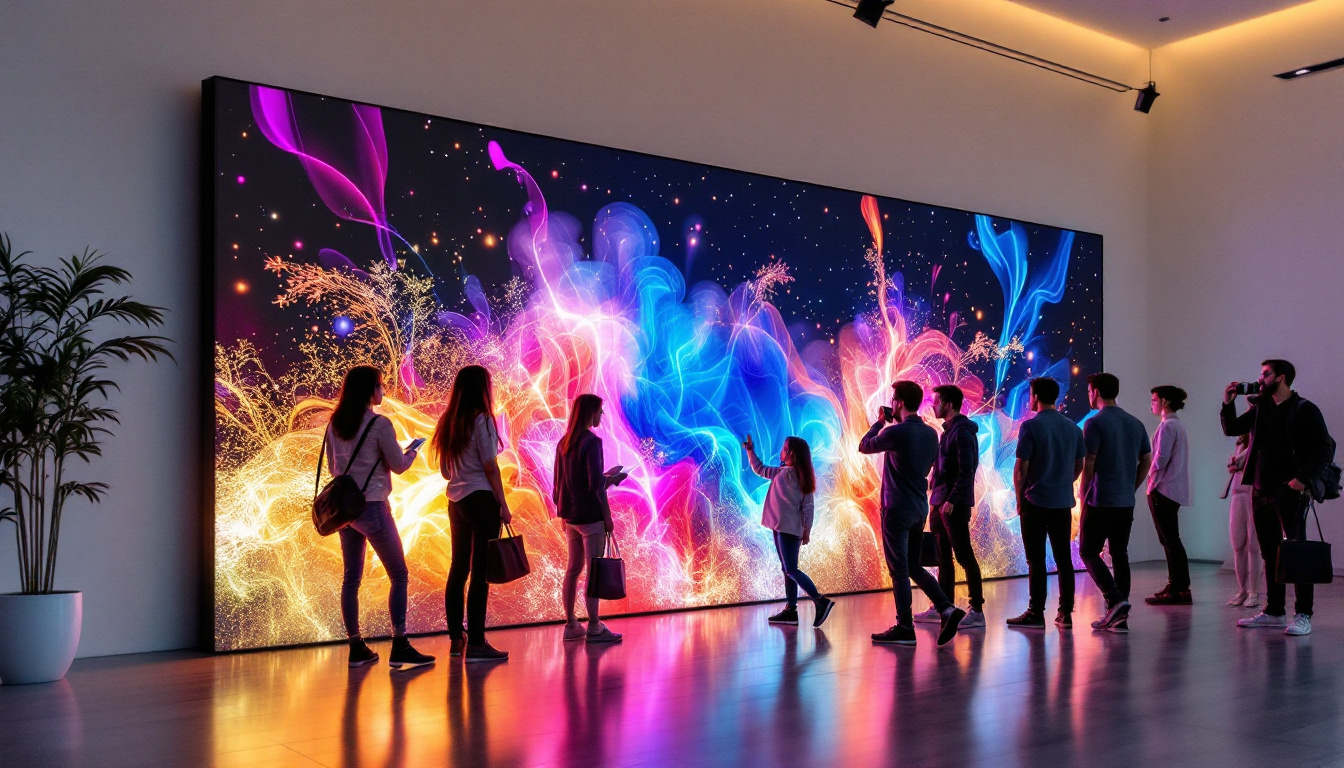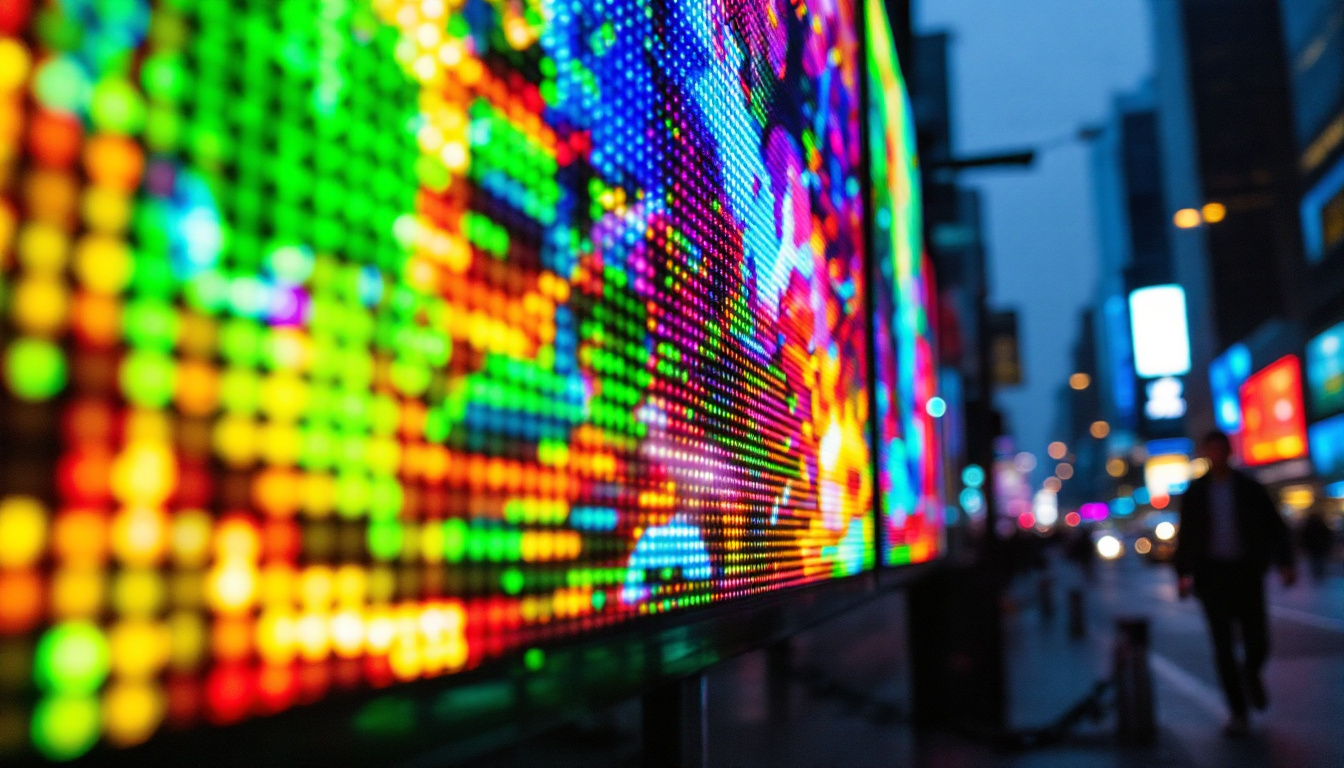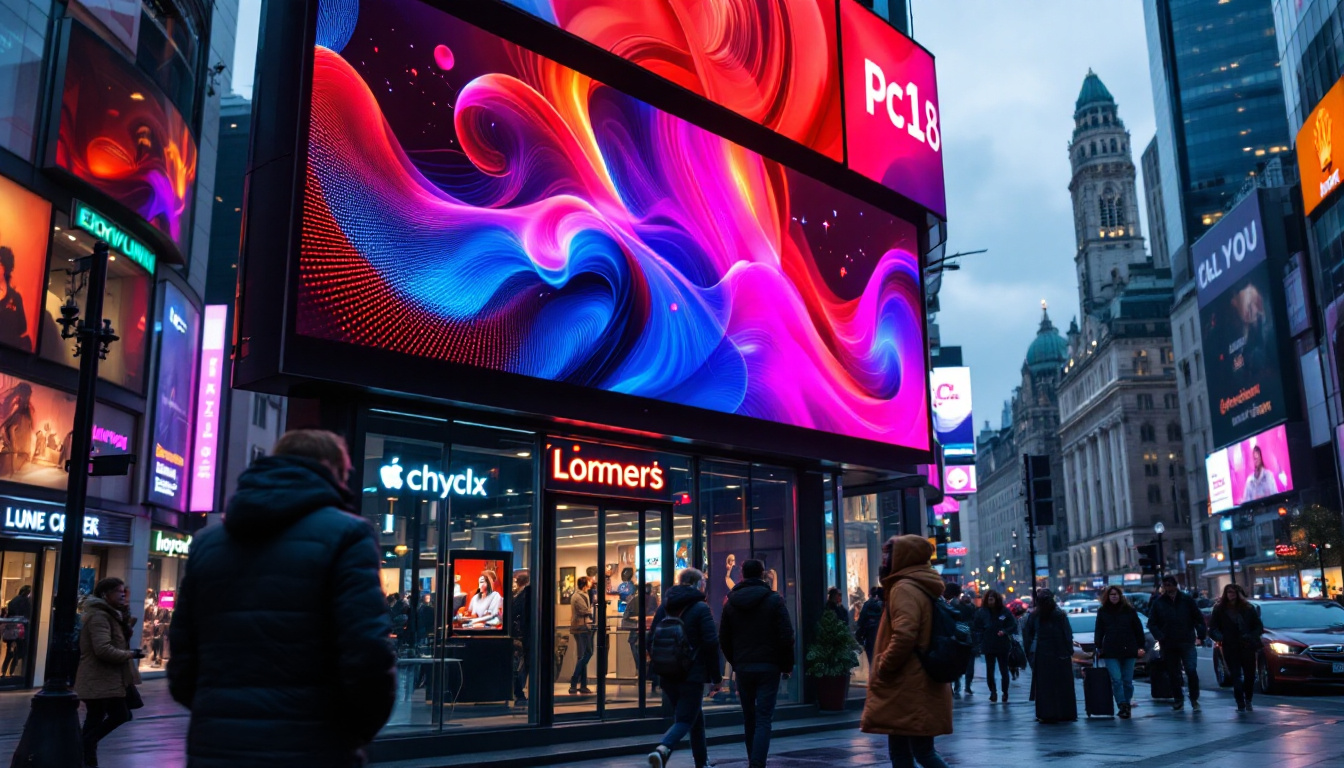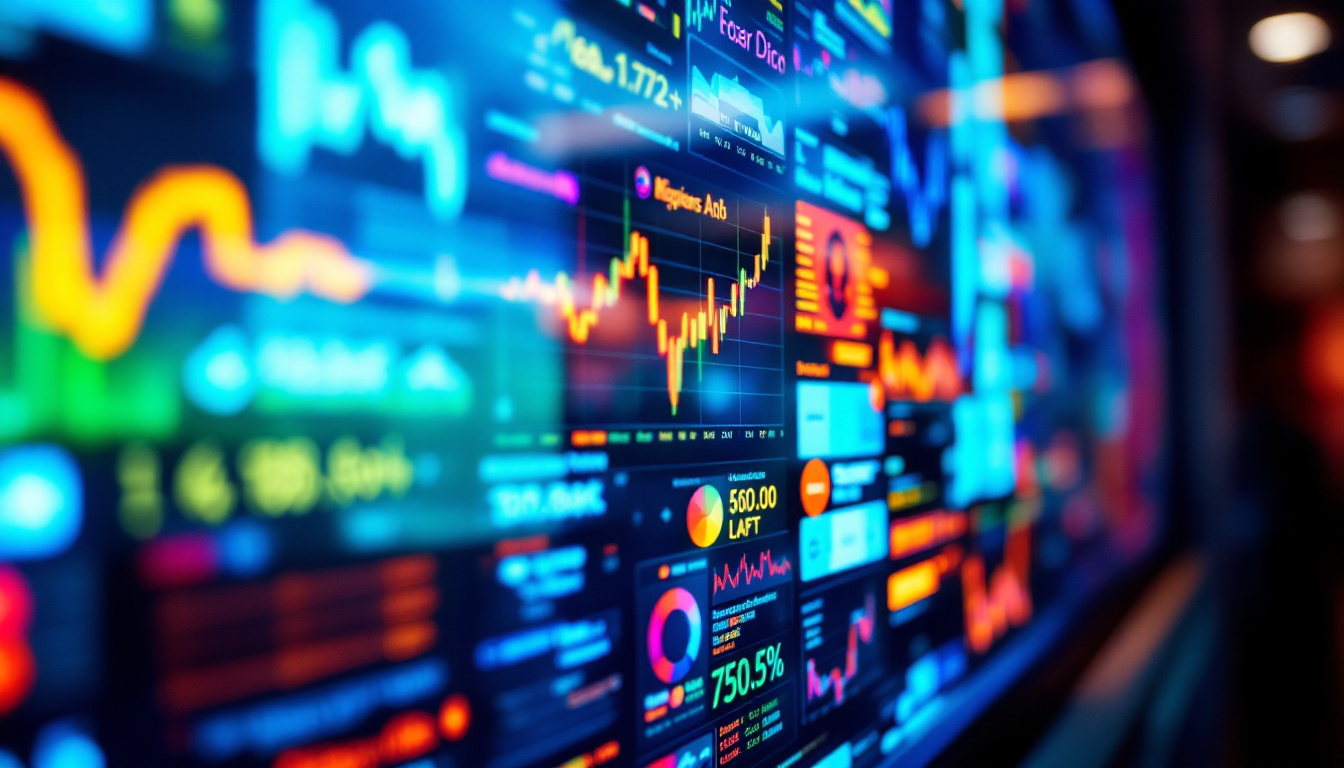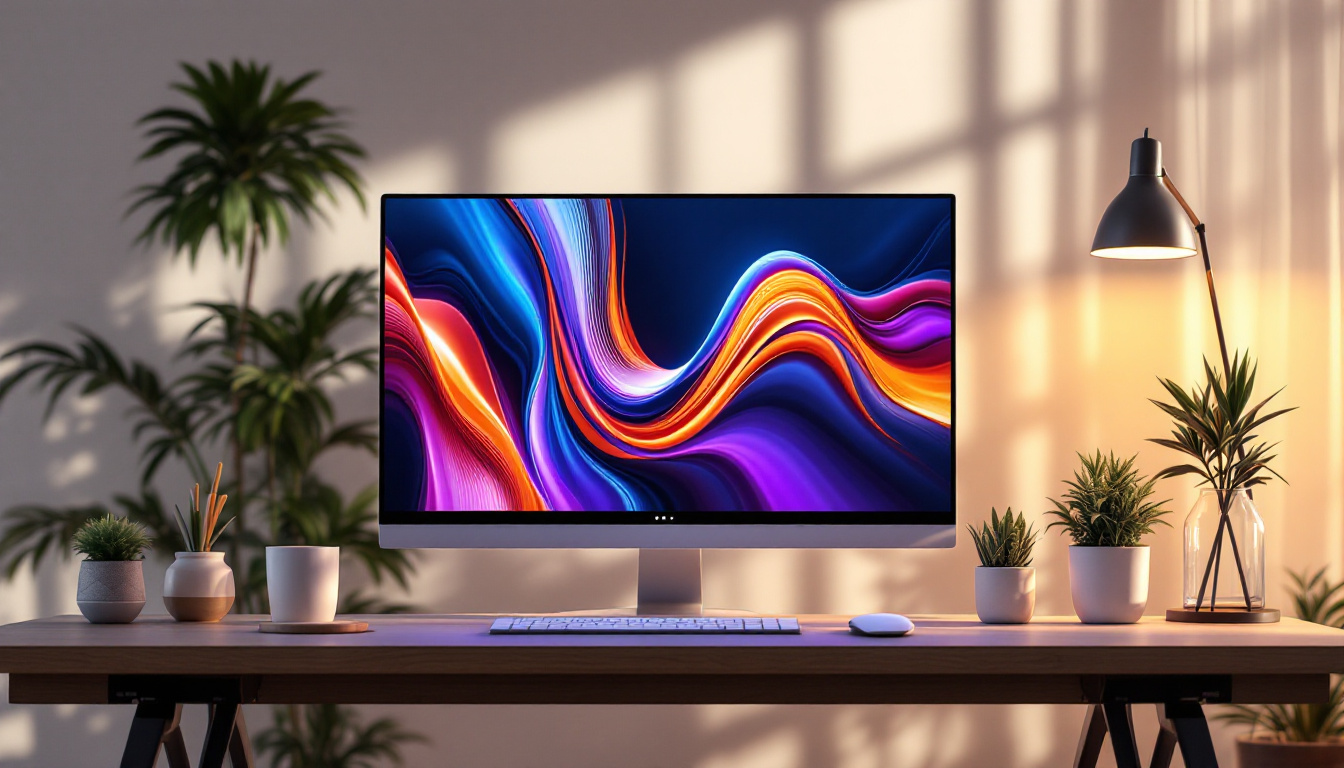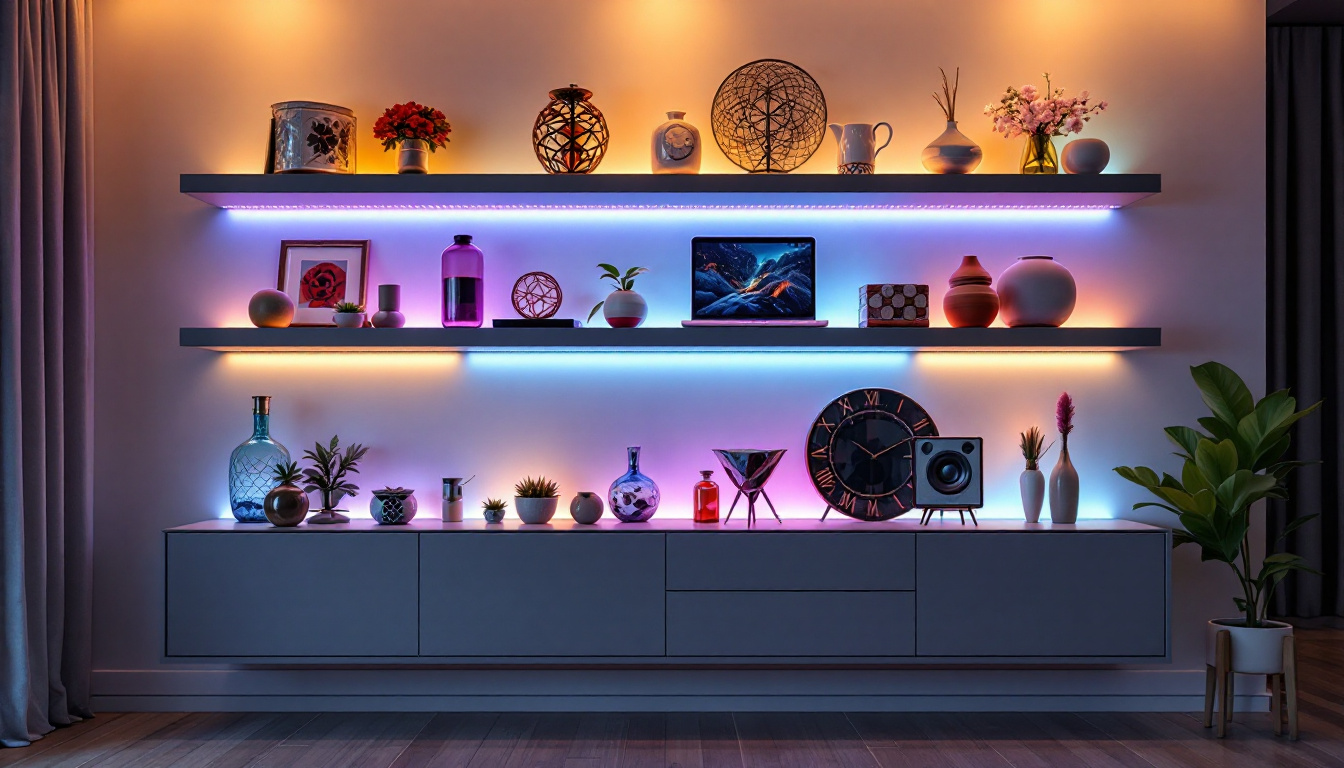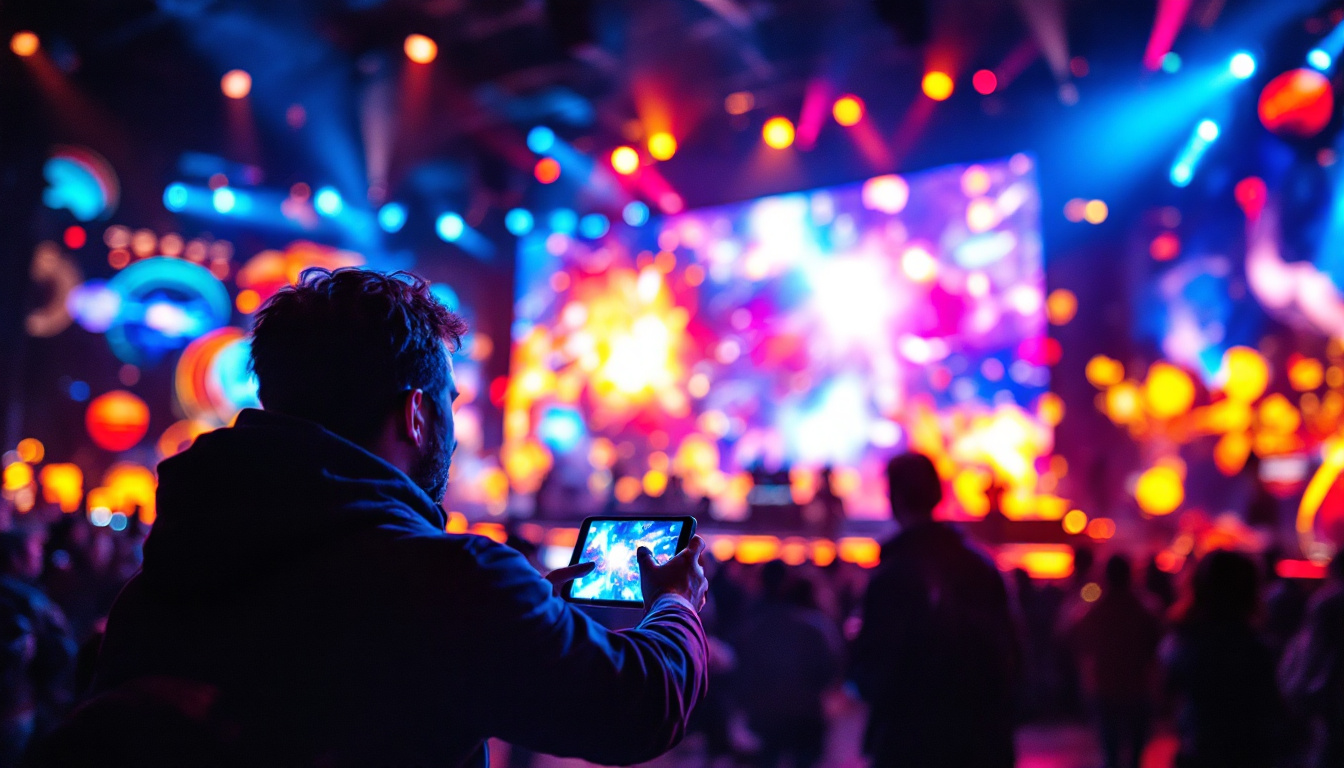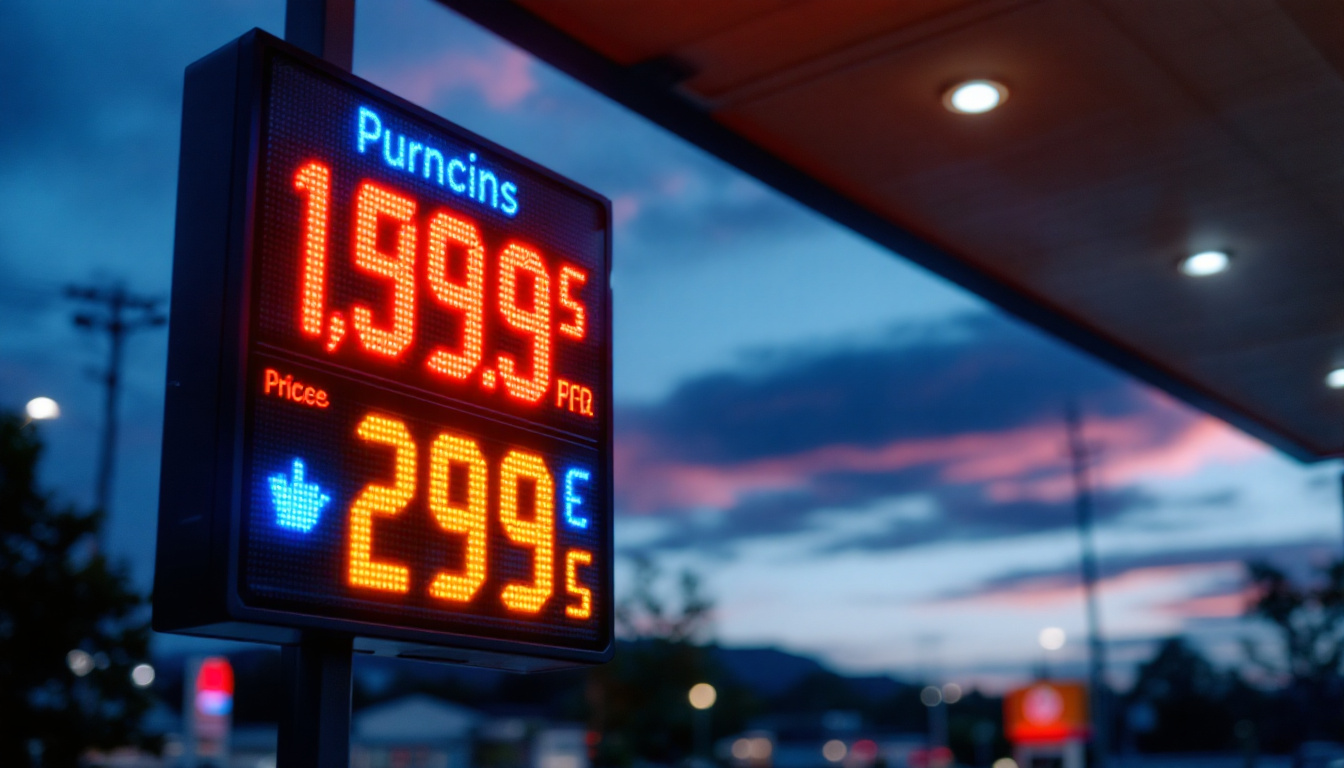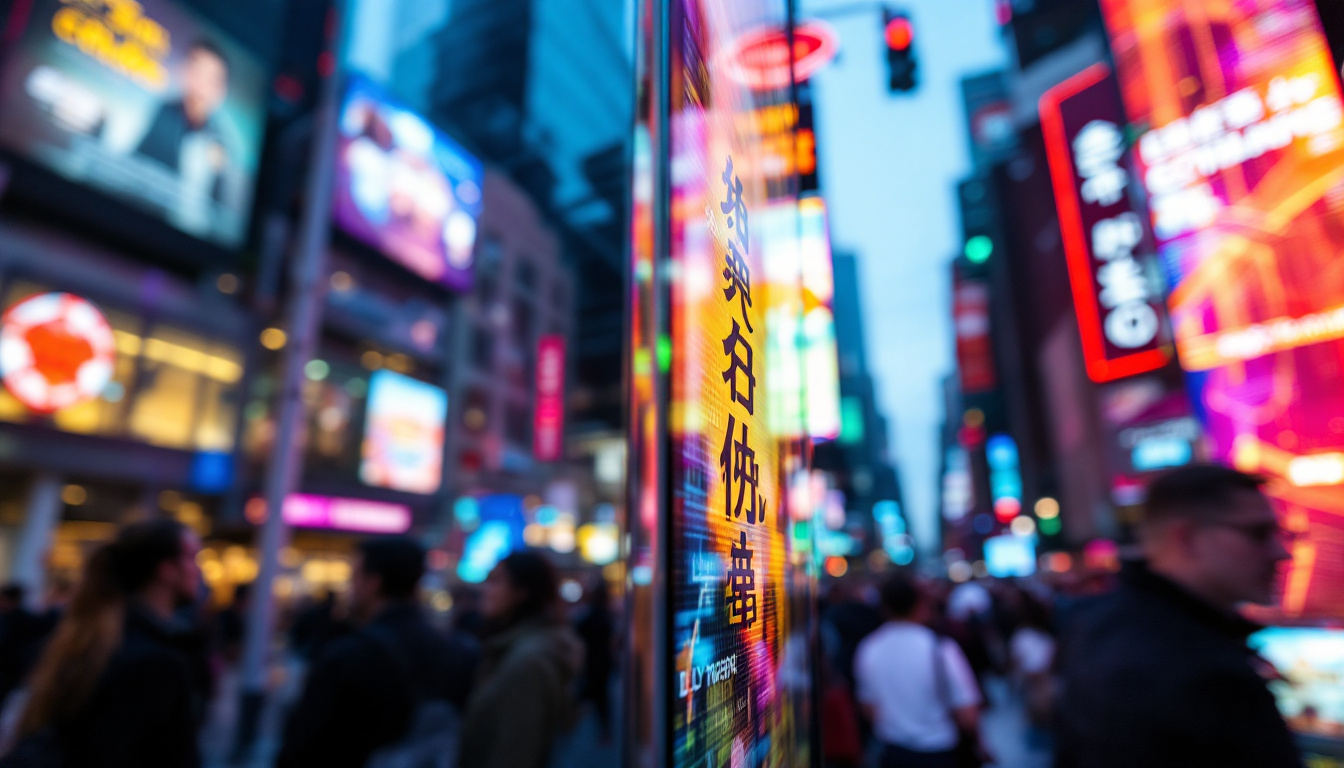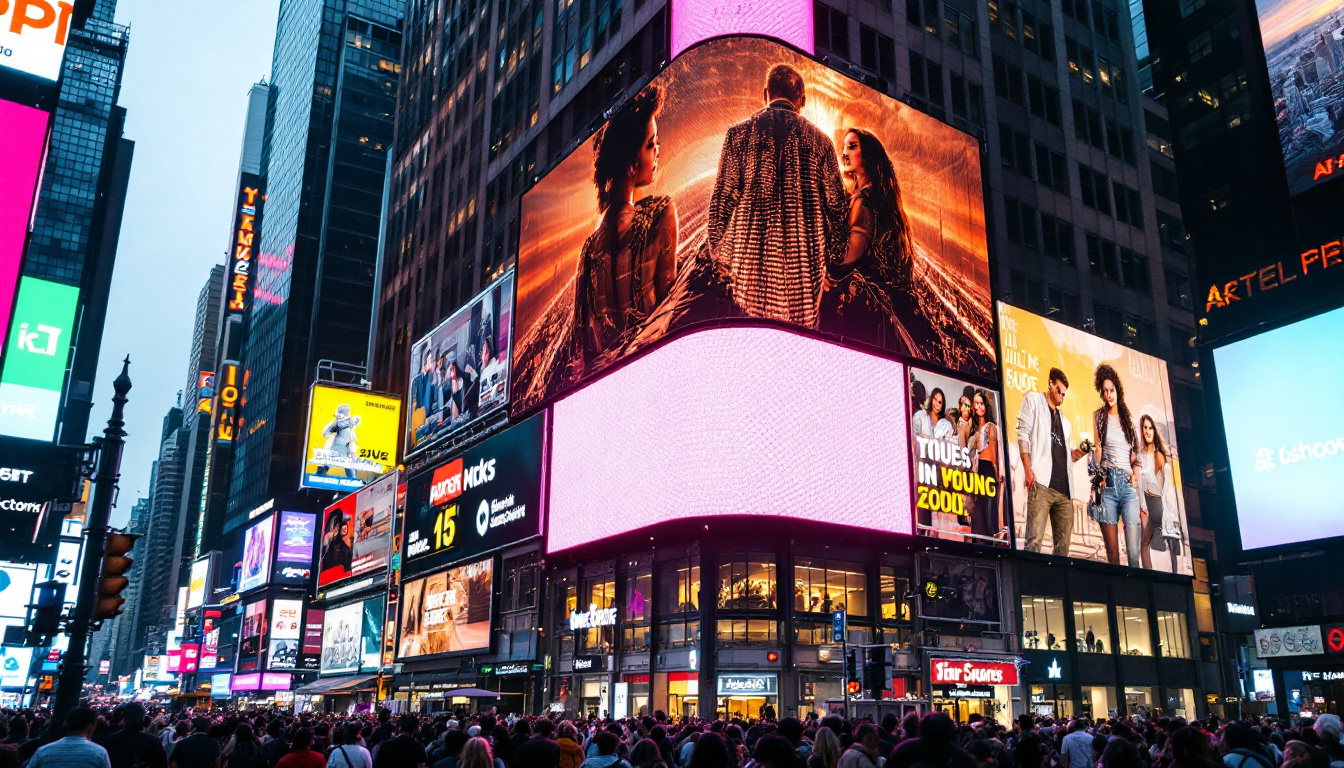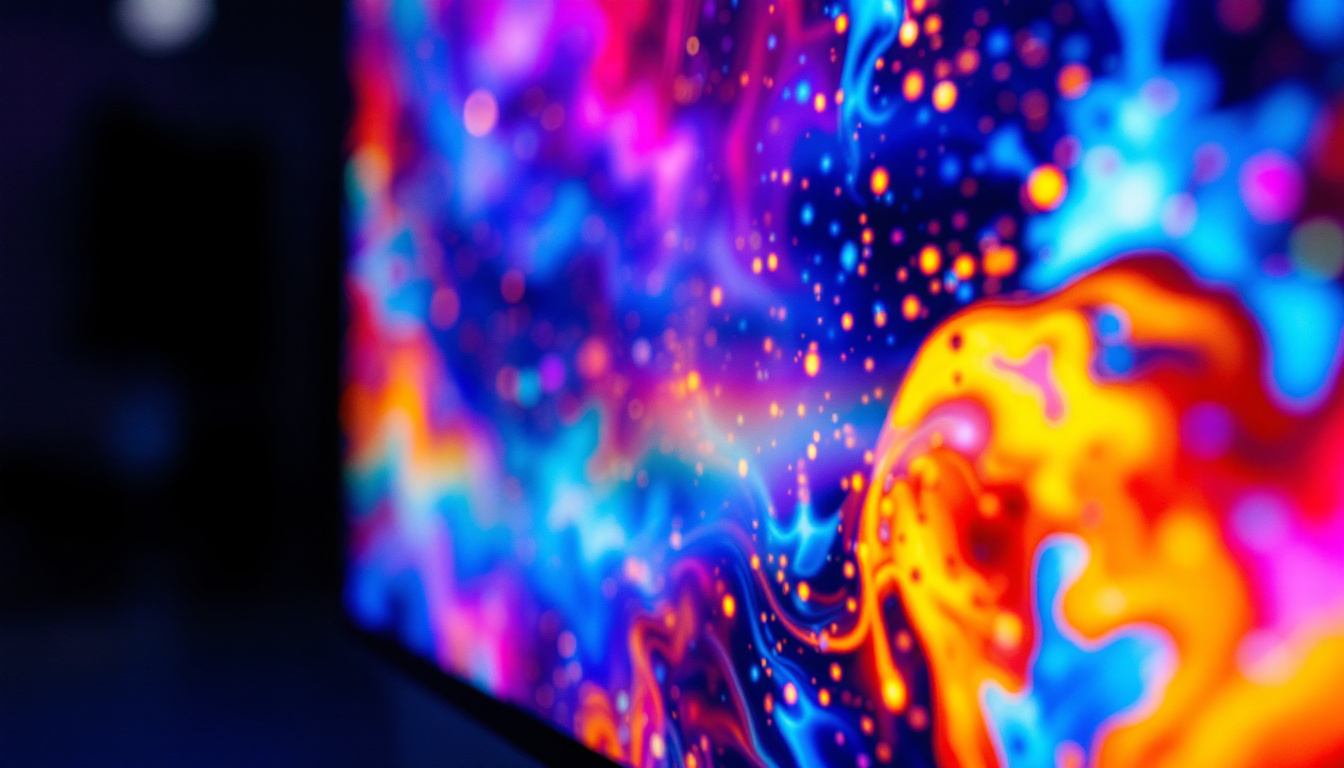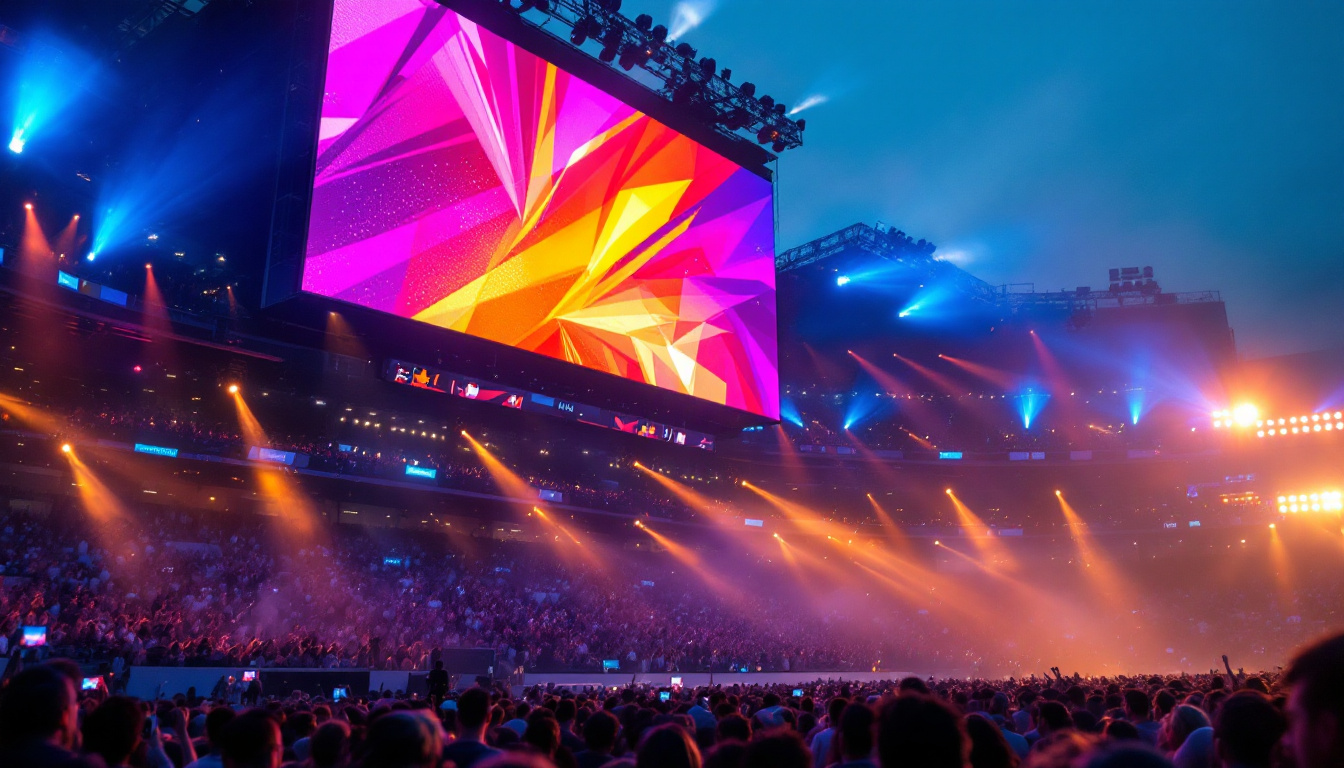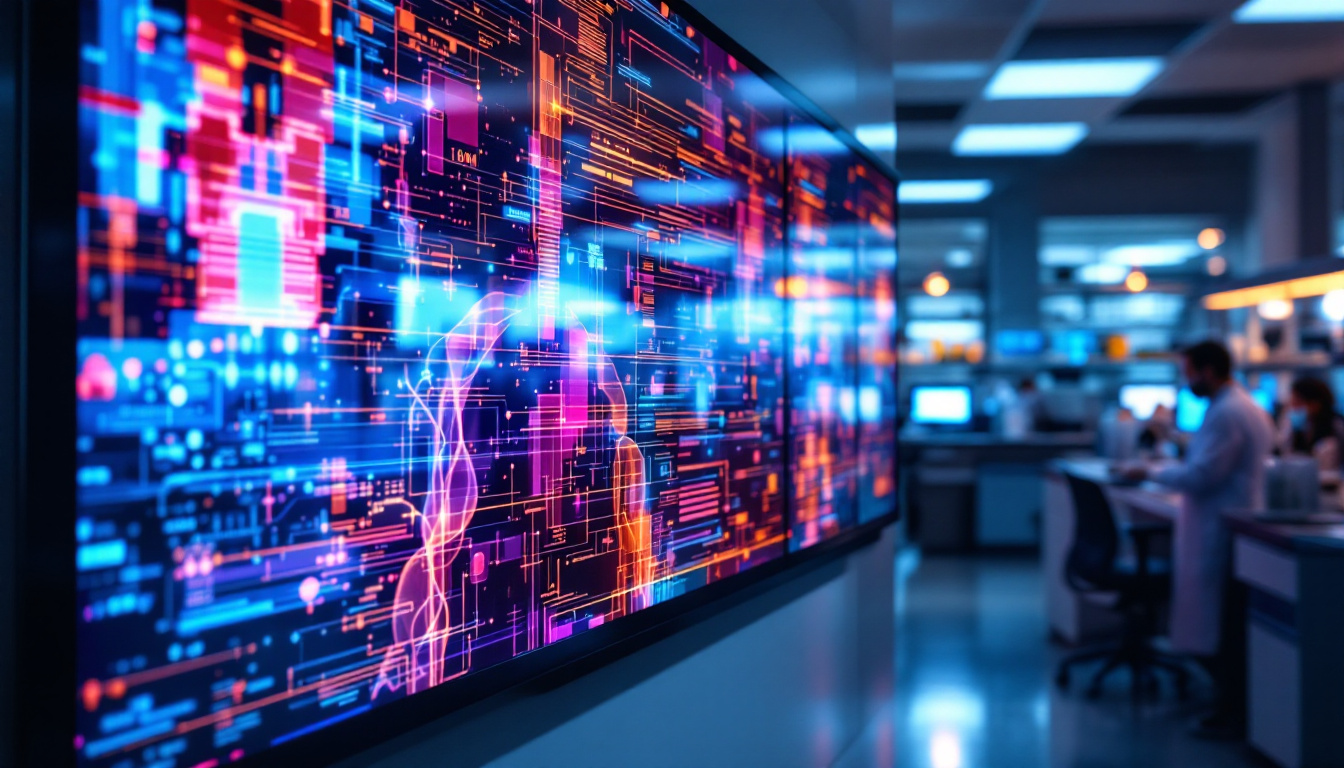The film industry has undergone a significant transformation in recent years, particularly with the advent of advanced technologies that enhance storytelling and visual effects. One of the most groundbreaking innovations is the use of LED displays in volume filmmaking. This technique has revolutionized how filmmakers create immersive environments, allowing for greater creative freedom and efficiency. In this article, we will explore the concept of volume film, the technology behind LED displays, and the impact this has on the filmmaking process.
Understanding Volume Filmmaking
Volume filmmaking is a method that uses large LED screens to create realistic backgrounds and environments in real-time. Unlike traditional green screen techniques, which require extensive post-production work, volume filmmaking allows actors to perform in front of dynamic, high-resolution visuals that can change instantly. This not only enhances the realism of the scenes but also provides a more engaging experience for the performers.
The Concept of Virtual Production
At the heart of volume filmmaking is the concept of virtual production. This technique integrates live-action footage with computer-generated imagery (CGI) in real-time, enabling filmmakers to visualize their scenes as they shoot. By utilizing LED screens, filmmakers can project backgrounds that respond to the camera’s movements, creating a seamless blend of reality and digital environments.
This approach allows for a more intuitive filmmaking process. Directors can see how the final shot will look while still on set, reducing the need for extensive reshoots and adjustments during post-production. Furthermore, it fosters a collaborative environment where cinematographers, production designers, and visual effects artists can work together more effectively. The ability to adjust lighting and backgrounds on-the-fly also means that creative decisions can be made in real-time, allowing for a more organic evolution of the narrative and visual style.
Advantages of Volume Filmmaking
The advantages of volume filmmaking are numerous. Firstly, it significantly reduces the time and resources required for location shooting. With LED displays, filmmakers can create a wide array of environments without the need for extensive travel or elaborate set constructions. This not only saves money but also allows for greater flexibility in shooting schedules.
Moreover, volume filmmaking enhances the quality of the final product. The high-resolution LED screens provide vibrant colors and sharp details, making the visuals more appealing. Additionally, since the lighting from the screens interacts with the actors and sets, it creates a more natural and cohesive look that is often difficult to achieve with traditional green screens. This interaction can lead to more authentic performances, as actors can react to their surroundings in a way that feels immediate and real, rather than relying solely on their imagination to fill in the gaps of a green screen backdrop.
Another significant advantage is the reduction of the environmental impact associated with traditional filmmaking. By minimizing the need for extensive travel to remote locations and reducing the carbon footprint of transporting large crews and equipment, volume filmmaking presents a more sustainable option for the industry. Additionally, the ability to create diverse environments in a controlled studio setting allows for greater creativity without the logistical challenges that often accompany location shoots. This shift not only benefits the filmmakers but also aligns with the growing demand for eco-friendly practices within the entertainment industry.
The Technology Behind LED Displays
LED displays are at the core of volume filmmaking, and understanding their technology is essential to grasping how they function in this context. These displays consist of thousands of tiny light-emitting diodes that produce bright, vivid images. The technology has evolved significantly, allowing for higher resolutions and better color accuracy than ever before. The advancements in LED technology have not only enhanced visual fidelity but have also made it possible to create dynamic backgrounds that can change in real-time, providing filmmakers with unprecedented flexibility during shooting.
Types of LED Displays
There are various types of LED displays used in volume filmmaking, each with its unique characteristics. The most common types include direct-view LED, which is often used for large screens due to its brightness and clarity, and OLED (Organic Light Emitting Diode) displays, which offer superior color reproduction and contrast. Each type has its advantages and is chosen based on the specific requirements of the production. For instance, while OLED displays excel in color depth and viewing angles, they may not be as bright as direct-view LED, making them less suitable for outdoor or brightly lit environments.
Direct-view LED displays are particularly popular in volume filmmaking because they can be tiled together to create massive screens that envelop the set. This allows for a 360-degree view, making it possible to capture scenes from multiple angles without the need for extensive background replacement in post-production. The seamless integration of these screens into the physical set design enhances the overall production value, allowing for more immersive storytelling and a more natural interaction between actors and their environments.
Resolution and Refresh Rates
Resolution is a critical factor in the quality of LED displays. In volume filmmaking, high-resolution screens are essential to ensure that the images appear sharp and detailed, even when viewed up close. The standard resolution for many volume productions is 4K or higher, providing filmmakers with the clarity they need for cinematic storytelling. As technology continues to progress, some productions are even exploring 8K resolutions, which can offer an astonishing level of detail and realism, further blurring the lines between digital and physical worlds.
Refresh rates also play a significant role in the performance of LED displays. A higher refresh rate ensures that the images remain stable and fluid, especially during fast-paced action sequences. This is crucial for maintaining the illusion of reality, as any flickering or lag can break the immersion for both the actors and the audience. Additionally, advancements in LED technology have led to the development of adaptive refresh rates, which can adjust dynamically based on the content being displayed. This innovation allows for smoother transitions and enhanced visual experiences, particularly in scenes that involve rapid movement or complex visual effects.
Applications in Filmmaking
The applications of LED displays in volume filmmaking are vast and varied. From blockbuster films to television series, this technology has been embraced by a wide range of productions. Its versatility allows filmmakers to create stunning visuals across different genres, enhancing the storytelling experience.
Blockbuster Films
Many high-profile films have utilized volume filmmaking to create breathtaking visuals. For instance, the production of “The Mandalorian” showcased the potential of LED displays in creating immersive worlds. The series used a technique called “StageCraft,” which involved projecting backgrounds onto massive LED screens, allowing for real-time adjustments during filming.
This innovative approach not only streamlined the production process but also delivered stunning visuals that captivated audiences. The ability to shoot in various environments without leaving the studio was a game-changer for the filmmakers, enabling them to focus on the narrative rather than logistical challenges.
Television Series and Streaming Content
Volume filmmaking is not limited to big-budget films; it has also found a home in television series and streaming content. With the rise of platforms like Netflix and Disney+, the demand for high-quality visuals has increased. Volume filmmaking allows creators to produce visually striking series while maintaining a manageable budget.
Shows like “The Book of Boba Fett” and “Stranger Things” have leveraged this technology to enhance their storytelling. The ability to create immersive environments quickly and efficiently has become a valuable asset in the competitive landscape of television production.
The Future of Volume Filmmaking
As technology continues to advance, the future of volume filmmaking looks promising. The integration of artificial intelligence and machine learning is expected to play a significant role in enhancing the capabilities of LED displays. These technologies could allow for even more realistic environments and dynamic backgrounds that respond to the actors’ performances in real-time.
Expanding Accessibility
One of the most exciting prospects for the future of volume filmmaking is its potential for democratization. As the technology becomes more accessible, independent filmmakers and smaller production companies can harness the power of LED displays to create high-quality content. This could lead to a new wave of creativity and innovation in the industry, as more voices and stories find their way to the screen.
Furthermore, as the costs associated with LED technology decrease, the barriers to entry for aspiring filmmakers will lower. This democratization of filmmaking tools could foster a more diverse range of narratives and styles, enriching the cinematic landscape.
Environmental Considerations
Another important aspect of the future of volume filmmaking is its potential for sustainability. Traditional filmmaking often involves extensive travel and resource consumption, contributing to environmental concerns. Volume filmmaking, with its ability to create diverse environments in a controlled setting, could significantly reduce the carbon footprint of film productions.
As the industry increasingly prioritizes sustainability, the adoption of volume filmmaking could lead to more eco-friendly practices. By minimizing the need for location shoots and extensive set constructions, filmmakers can create compelling stories while being mindful of their impact on the planet.
Conclusion
The rise of volume filmmaking and LED displays marks a significant shift in the film industry. This innovative technology has transformed how stories are told, allowing for greater creativity, efficiency, and realism. As filmmakers continue to explore the possibilities of virtual production, the potential for captivating narratives and immersive experiences will only grow.
With advancements in technology and a focus on sustainability, the future of volume filmmaking looks bright. As more creators embrace this approach, audiences can expect to see a diverse array of stories brought to life in ways that were once unimaginable. The journey of volume filmmaking has just begun, and its impact on the industry will undoubtedly be felt for years to come.
Discover the Future of Storytelling with LumenMatrix
Ready to elevate your production with the cutting-edge technology that’s reshaping the film industry? LumenMatrix is at the forefront of LED display innovation, offering a wide range of solutions to bring your creative vision to life. From Indoor and Outdoor LED Walls to Custom and Transparent Displays, our products are designed to captivate your audience and amplify your message. Experience the difference with LumenMatrix and transform your visual storytelling. Check out LumenMatrix LED Display Solutions today and join the revolution in volume filmmaking.

